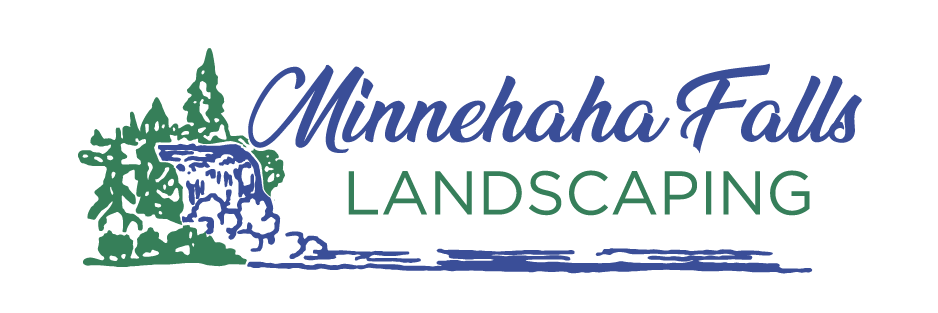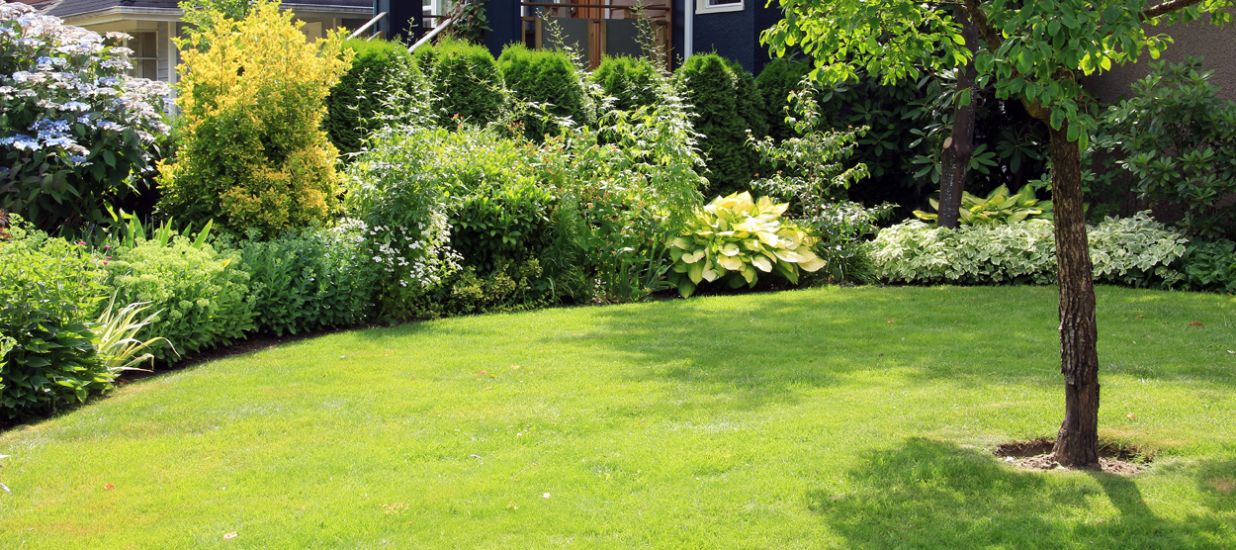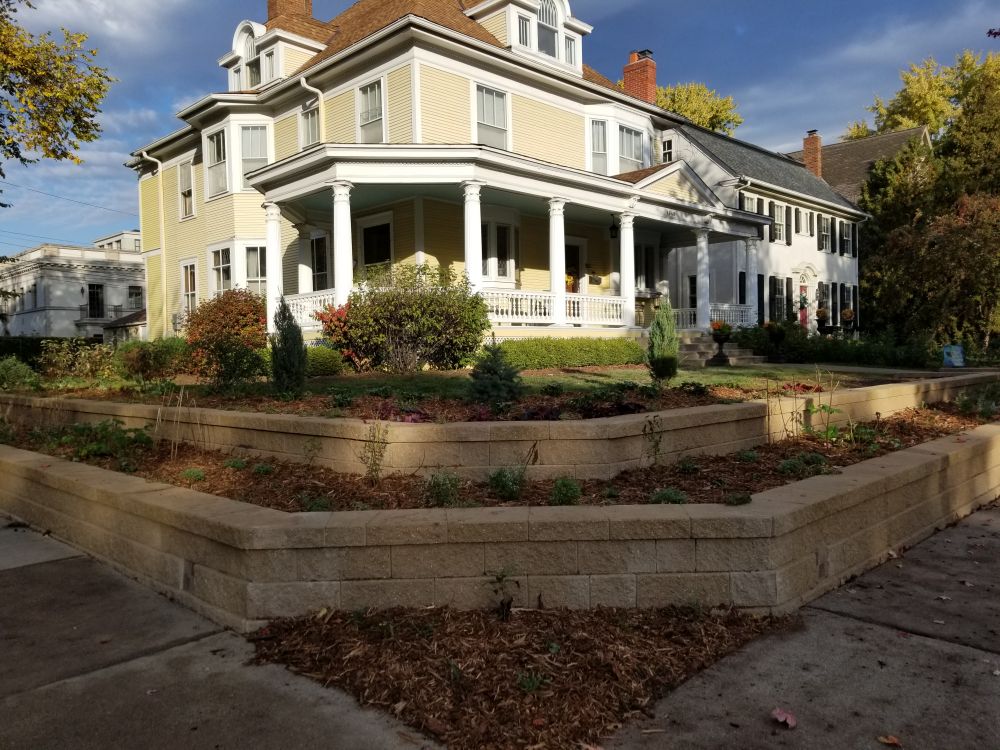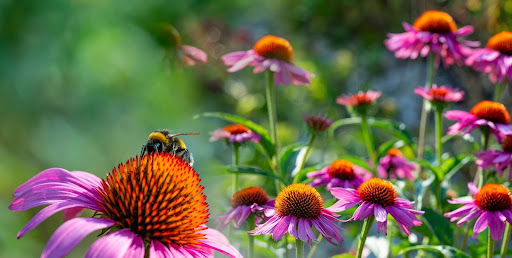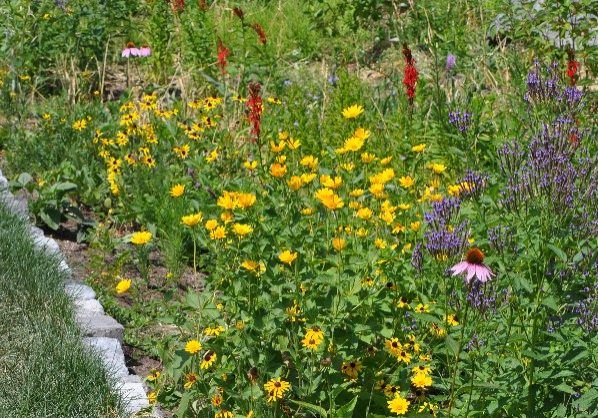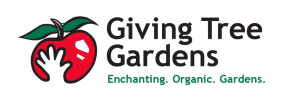Lawn grass is by far the biggest crop in America. Over 40 million acres of land is covered in a lawn of some sort or another, that’s about 3 times as much space as corn or any other irrigated crop.
Because of the enormous volume of land that is held in lawns, those of us who own and manage lawns have a special responsibility to the health of our ecosystem. Nobody wants a burnt out, struggling lawn, and yet it isn’t always immediately apparent to the observer why some lawns thrive and others suffer. When I started my lawn service 10 years ago, there were a lot of questions that I knew I had to find answers for.
Why do some lawns seem to thrive even though neglected while others that are sometimes managed intensively turn brown mid-season? How can lawns, sometimes on the same block with very similar underlying soil chemistry end up looking so different from one another? What does it mean for lawns to have healthy soil? Is it possible to have a healthy lawn without irrigation, pesticides, and fertilizers? Are weeds bad? If so, what can be done about them that doesn’t hurt people, pets, or pollinators? Anyone who wants to grow a healthy lawn will end up with similar questions.
After years of hit-and-miss lawn care educational opportunities, I decided it was time to go all the way to the top in order to get to the bottom of the mysteries of soil health. Dr. Elaine Ingham is a world-renowned soil scientist who through her work and the work of her colleagues has opened up a new functional understanding of soil microbiology for growers of all types to take advantage of. As one of the top soil experts in the world, Dr. Ingham is routinely flown around the globe to advise on growing and composting operations of the largest scale.
By systematically tracking the microbial crop partners that work best with each type of crop plant that humanity utilizes Dr. Ingham and her partners have mapped what it looks like to have a healthy soil ecosystem for growers. From there Dr. Ingham designed and has managed a training program and network that helps growers understand how to use microscopes to analyze their soils to determine if the right balance of microbes are present for the type of crop you are growing. Additionally, as a part of the training course I practiced making compost up to USDA Organic Certification Standards and connected with farmers and landscapers who manage land organically. I now use all of this training and a strong network of mentors to grow the healthiest lawns all throughout the Twin Cities.
After taking Dr. Ingham’s training and becoming a certified Soil Health Consultant, I am excited to use more of this understanding every season to grow stronger, thicker lawns year after year. We now rely on several practices that I learned during my soil health training including worm composting, liquid compost extract, microscope soil sampling, aeration, over-seeding, multi-species lawns, and native grass seeding to bring health to our client’s lawns.
In addition to specializing in soil health, we’ve learned a lot about what types of grasses work best in Minnesota and how to promote healthy lawns through smart mowing practices. We utilize native fescue grasses in some lawns because they offer a refined look with a deeper root growing capacity. Because of their deeper roots, native fescue grasses can stay green longer through droughts. Use of native fescues and our other soil health practices help us cut back irrigation costs in our clients properties year after year.
We love to grow pollinator friendly lawns. Sometimes we council clients in how to include blooming flowers in their lawns such as white clover, thyme, prairie pussy-toes, and ground ivy. These and other blooming lawn plants all provide food for pollinators and work as a walkable, mow-able lawn at the same time.
When we manage lawns with pesticides and fertilizers we’re forgetting our responsibility to keep the ecosystem healthy. A lawn can be a beautiful and sustainable thing, if we take the time to learn how to do it right. If you have questions about your lawn and the health of your soil, we’d be glad to consult with you until your lawn is providing abundance, beauty, and habitat for all the people, pets, and pollinators that happen by.
